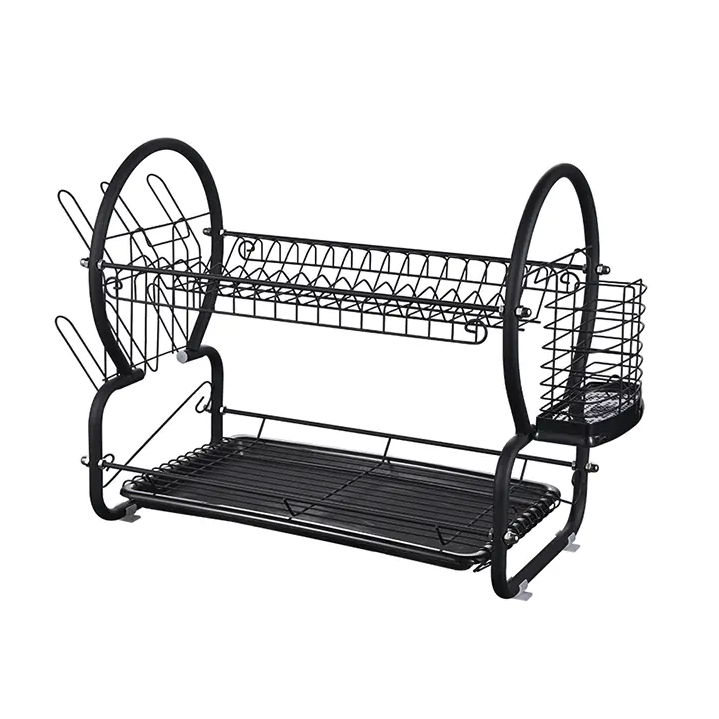From the perspective of a manufacturer, producing kitchen dish racks involves careful attention to design, material selection, and functionality to meet the diverse needs of consumers. Kitchen dish racks are essential tools in everyday home and commercial kitchens, so their quality and usability are key factors in successful production.
One of the primary concerns in manufacturing kitchen dish racks is the choice of material. Common materials include stainless steel, plastic, and bamboo. Stainless steel is valued for its resistance to rust and durability, making it suitable for environments with frequent exposure to water. Plastic offers flexibility in design and color options while being lightweight and cost-effective. Bamboo is gaining popularity as a sustainable and eco-friendly option, appealing to consumers interested in natural materials. Each material requires different production techniques and quality control measures.
Design plays a significant role in the manufacturing process. Dish racks must accommodate various types of kitchenware such as plates, bowls, glasses, and utensils. To achieve this, manufacturers often create models with multiple compartments and adjustable sections. Some designs include detachable drip trays to collect excess water, preventing countertop damage. Additionally, features like folding mechanisms or stackable layers help consumers save space when the rack is not in use. Balancing functionality with compactness is a challenge that manufacturers address through prototyping and consumer feedback.
Another aspect is the finish and surface treatment. For metal racks, anti-corrosion coatings or polishing ensure longevity and aesthetic appeal. Plastic racks require smooth edges and non-toxic materials to guarantee user safety. Bamboo racks may undergo treatments to resist moisture and maintain structural integrity. Attention to these details affects the product’s lifespan and customer satisfaction.
Manufacturers also consider ease of cleaning and maintenance. Dish racks tend to accumulate water and food particles, so designs that minimize crevices and allow easy disassembly are preferred. This reduces the risk of bacterial growth and supports hygiene in kitchen environments.
Production efficiency is an important factor as well. Automated processes for cutting, molding, and assembling help maintain consistent quality and reduce costs. At the same time, manufacturers must ensure that safety standards and regulatory requirements are met, which may vary across markets.
Sustainability is becoming an increasingly important consideration. Manufacturers explore the use of recycled materials and environmentally friendly production methods. Packaging is also designed to minimize waste while protecting the product during shipping.
In summary, manufacturing kitchen dish racks involves balancing material choice, design complexity, durability, and production efficiency. By focusing on these factors, manufacturers aim to deliver products that meet user expectations for functionality, safety, and style. Continuous improvement based on market trends and customer feedback plays a vital role in refining kitchen dish rack offerings.
